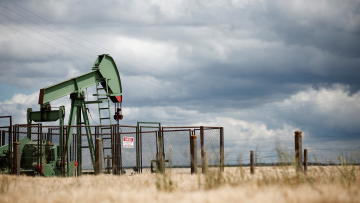
Oil prices rose for the second time in a row in the wake of the new U.S. sanctions against Iran, raising concerns about potential supply shortages. Brent crude futures increased by 38 cents or 0.51%, to $75.16 per barrel at 02:17 GMT. President Donald Trump stated his goal of reaching a zero level of crude oil exports from Iran. According to OPEC research, in January Iran, which ranks third among producing countries in the organization, produced 3.2 million barrels per day. However, the potential supply squeeze remains uncertain. Trump stated on Monday that the introduction of tariffs on Canadian and Mexican imports, effective March 4, will "be in effect," despite the rising pressures of various countries to relax its essentials regarding border security. Analysts suggest that these tariffs could dampen global oil supply growth.
At the same time, a meeting of European leaders took place in Ukraine, where American officials were absent, which underlined the strengthening of Trump's relations with Russia. Markets interpret Trump’s proximity to Moscow as a signal for possible easing of sanctions against Russia, which could increase global oil supply.
On Monday, the U.S. imposed new sanctions against more than 30 brokers, tankers' owners, and maritime companies involved in the transportation of Iranian oil. U.S. crude futures fell by 43 cents or 0.61%, to $71.13 per barrel. All deals showed an increase on Monday after a $2 decline on Friday. According to market analyst Tony Sycamore from IG, WTI seeks support at the $65–70 per barrel level. "If it stays above this level, a recovery will follow," he noted.













